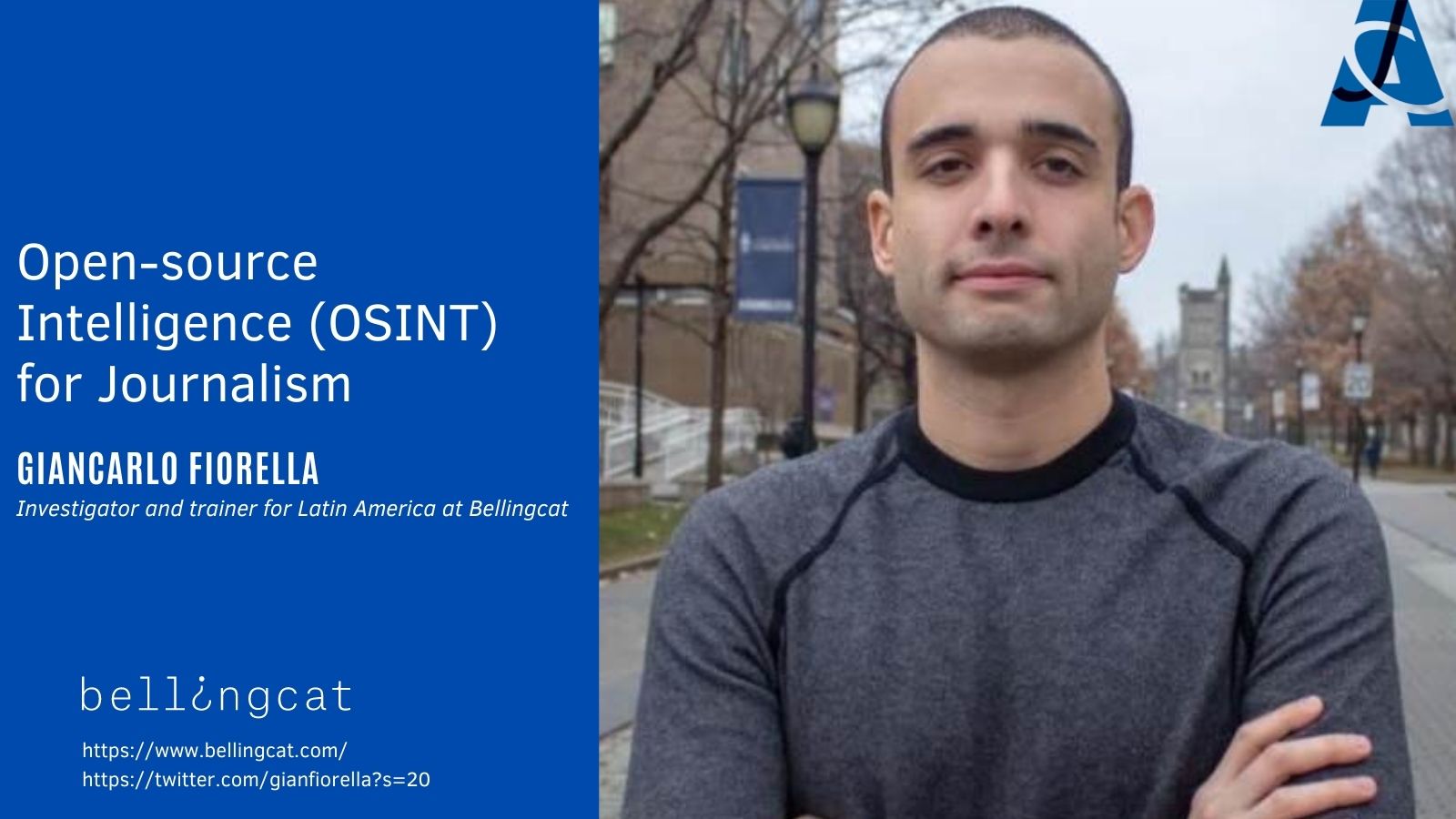Pooja Rajesh
7:30
7:30
7:39
7:42
7:44
7:46
7:48
7:50
7:51
7:56
7:57
8:01
8:01
8:06
8:09
8:11
8:15
8:16
8:18
8:18
8:24
8:25
8:28
8:30
8:32
8:35
8:41
8:46
8:56
Connecting…











